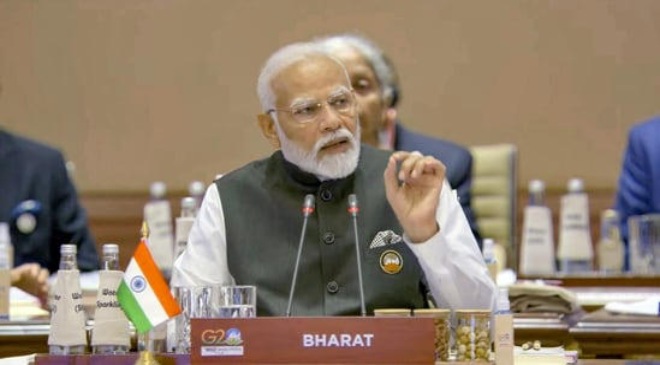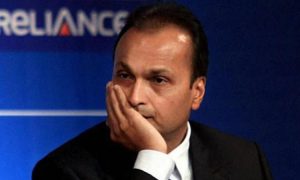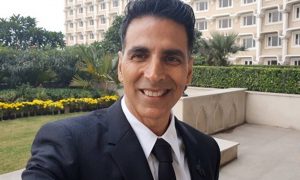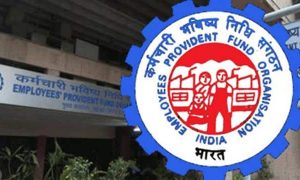The Supreme Court in 2016 rejected a public interest litigation that sought to change the name of country from India to Bharat
There has been a recent debate over whether India should be renamed ‘Bharat’ amid speculations that the country’s name would be changed in a special session of the parliament scheduled this month.
Recently, the official notice regarding Prime Minister Narendra Modi’s visit to Indonesia for the 20th ASEAN-India and the 18th East Asia summits referred him as the ‘Prime Minister of Bharat’. Then, during the G20 Summit on Saturday, the country’s nameplate in front of Prime Minister Narendra Modi read ‘Bharat.
The debate over the use of Bharat or India to refer to India is not new. The constituent assembly that framed the constitution of India debated on the issue at length after Independence. There have been several court rulings in the issue.
Read More: PM Modi Proposes Virtual Session of G20 in November-End
COURT RULINGS ON INDIA VS BHARAT
In May 2016, the Supreme Court bench headed by then Chief Justice of India (CJI) TS Thakur rejected a public interest litigation (PIL) that sought to change the name of country from India to Bharat. The bench taking a strong exception to the plea admonished the petitioner for wasting the court’s time.
While rejecting the PIL the bench observed, “Bharat or India? You want to call it Bharat, go right ahead. Someone wants to call it India, let him call it India.”
A year ago, a similar PIL was filed before the apex court in 2015 that sought direction to restrain the Centre from using the name “India” for any government purposes and in official papers. The PIL said that in the Constituent Assembly, suggestions were made for naming the country as “Bharat, Hindustan, Hind and Bharatbhumi or Bharatvarsh”.
“The country has one principal name, which is historically significant, that is ‘Bharat’. The first Article of the Constitution of India states that ‘India, that is Bharat, shall be a Union of States’, implicitly codifying ‘Bharat’ name for the Republic of India,” read the petition.
Read More: 9 New Vande Bharat Express Trains to be Launched on These Routes Soon: Check Full List Here
Similarly in June 2020, a Delhi-based person filed a plea before the Supreme Court that sought amendment to Article 1 of the Constitution to retain only ‘Bharat’ and exclude India from the country’s name. The court while rejecting the petition allowed the petitioner to make a representation to the government and also highlighted the fact that “India is already called Bharat in the Constitution itself”.
The petitioner had argued that “The removal of the English name though appears symbolic, will instil a sense of pride in our own nationality, especially for the future generations to come. In fact, the word India being replaced with Bharat would justify the hard-fought freedom by our ancestors”.
Apart from the 2016 case, where the court issued notices to Centre and State governments seeking their response, not much headway has been made in this direction.
WHAT THE CONSTITUENT ASSEMBLY SAID
Article 1 of the Indian Constitution says “India, that is Bharat, shall be a Union of States” and the Preamble of the Constitution reads, “We, the people of ‘India’ having solemnly resolved to constitute ‘India’ into a sovereign socialist secular democratic republic”.
Read More: Amid Border Row With China, BRO To Build World’s Highest Airfield For Fighter Jets In Ladakh
The constituent assembly debated at length whether to name India as “Bharat” and the topic was deliberated upon in the Constituent Assembly.
KV Kamath, one of the most prominent members of the constituent assembly proposed the amendment in Article 1. He suggested two amendments. He suggested that instead of “India, that is Bharat”, “Bharat or, in the English language, India, shall be a Union of States” should be used. Or, alternatively, “Hind, or, in the English language, India, shall be a Union of States”, should be used to define the Indian state.
While explaining the reason behind moving the amendment Kamath said, “I only wish to refer to the Irish Constitution which was adopted twelve years ago. There the construction of the sentence is different from what has been proposed in clause (1) of this article. I feel that the expression “India, that is, Bharat”-I suppose it means “India, that is to say, Bharat”-I feel that in a constitution it is somewhat clumsy; it would be much better if this expression, this construction was modified in a constitutionally more acceptable form and may I say in a more aesthetic from”.
Batting for the adoption of the name “Bharat” another member of the constituent assembly Seth Govind Das reasoned that “the word India does not occur in our ancient books. it began to be used when the Greeks came to India”.
“They named our Sindhu River as Indus and India was derived from Indus. There is a mention of this in Encyclopaedia Britannica. On the contrary, if we look up the Vedas, the Upanishads the Brahmanas and our great and ancient book the Mahabharat, we find a mention of the name Bharat. We find a mention of “Bharat” in Vishnu Purana also. In Brahma Purana too we find this country mentioned as “Bharat”, said Seth Govind Das.
Some members put forward an argument that naming India as “Bharat” would not be forward-looking. Seth Govind Das had put forward a very evocative defense against this presumption. He said, “A Chinese traveler named Hiuen-Tsang came to India and he has referred to this country as Bharat in his travel book”.
He added “By my reminding the House of these ancient matters it should not be understood, as our Prime Minister and other Honourable Members say, that I am looking backward. I want to look forward and I also want that there should be scientific inventions in this country. But by naming our country as Bharat we are not doing anything which will prevent us from marching forward. We should indeed give such a name to our country as may be befitting our history and out culture”.
The members who favoured retaining the name “India” reasoned that it ensured continuity. Dr BR Ambedkar said that India has been known as India throughout history and throughout all these past years and he argued that ‘India’ was internationally recognized as India and should be retained as the official name.
There were strong and prominent voices in the constituent assembly who favoured Bharat over India but after much debate and deliberations both voices were accommodated and Article 1 of the constitution defined India as “India, that is Bharat”.



































